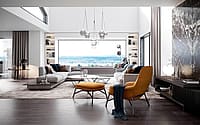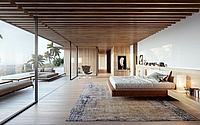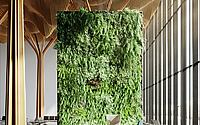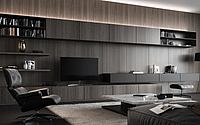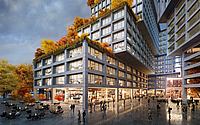How To Create Realistic 3D Renders
3D Renders are fast becoming highly valuable for many companies, businesses, and individuals in general. Photorealistic renders give a better impression and often leave clients satisfied. However, many factors and efforts go into the creation of quality 3D Renders.
Most people demand quality renders as they are regularly used in promotions, business, home designs, and marketing. It is also imperative that these renders look realistic and meet the needs of your consumers. So in this article, we will explore the best ways to create photorealistic renders.
Know the Basics
Understanding the foundation of any 3D rendering gives you a broader comprehension of creating impressive renders. Every designer must know these three significant steps to produce an attractive 3D render.
– Create a 3D Model
Creating a 3D model simply involves the alignment and construction of various geometric shapes. This initial step is to have a preset outline for your final design. Therefore, a 3D model is the starting point and essential in creating a photorealistic render.
– Manipulate the Model
Once you create a 3D model, the next step is to export necessary scenes, textures, and designs to your preset object. You can manipulate your model with the option of various templates. In this stage, you need to select a material that gives your object more reflection and details to your rough sketch. This allows you to produce the atmosphere of space you desire when creating your 3D model.
– Add Finishing Touches
The final stage is the furnishing stage. This is where you make other adjustments to produce a realistic render. Here you can add artificial lighting, reflections, colors, and textures that fill more details to the final product.
These adjustments add more depth and help create realistic interior renderings.
Use High-Quality Software
Every designer needs a set of tools to deliver excellent design products. 3D software is one of the necessary tools to create photorealistic renders. The software must possess decent processing power and features required for your renderings. This software is essential in producing realistic interior renderings, especially in the final stage of designing a render. There is various 3D rendering software you can use to deliver realistic renders. However, this software requires high-performance systems and subscriptions for extra features.
Most businesses offer architectural visualization company to produce a photorealistic 3D architectural design.
Understand Your Client
When offering 3D rendering services, you and your client must agree on the 3D model you are creating. As a rendering specialist, you should know your client’s needs and regularly show them the steps and patterns before the final render. This method will avoid any dissatisfactory feedback at the end of your rendering. Your client’s personality often determines the pattern and layouts of your design projects.
Add Proper Lighting to your 3D Architectural Design.
The importance of lighting in your renders and 3D architectural design cannot be overemphasized. Adding artificial lighting to your project gives your images life and produces a realistic render. Sometimes the difference between a low-quality render and a much more realistic one is the amount of lighting added to the design. This effect adds depth and sharpness to your design. Good lighting is one of the most important ways to enhance your model and create an attractive 3D render.
Pay Attention to Camera Angles and Composition
There is a strong relationship between photography and 3D rendering. Like in photography, camera angles, composition, and ideas are all essential factors to consider when rendering. These techniques are perfect for any 3D exterior rendering and will assist you in creating realistic renders.
Conclusion
It is one thing to design a 3D render. However, it is another to create a realistic one. A lot of factors and efforts go into producing an attractive render. You can work your way by experimenting with colors, lighting, and contrasts to give 3D render more detail and appeal.
- by Matt Watts




